Portal:Taiwan
Taiwan High Speed Rail (THSR) is the high-speed railway of Taiwan consisting of one line that runs approximately 350 km (217 mi) along the west coast, from the capital Taipei to the southern city of Kaohsiung. With construction and operations managed by a private company, Taiwan High Speed Rail Corporation (THSRC; TWSE: 2633), which also operates the line, the total cost of the project was NT$513.3 billion in 1998. At the time it was built, this was one of the world's largest privately funded rail construction schemes. The system's technology is based primarily on Japan's Shinkansen. The railway opened for service on 5 January 2007, with trains running at a top speed of 300 km/h (186 mph), currently running from Nangang to Zuoying in as little as 1 hour and 45 minutes, reaching almost 90% of Taiwan's population. Most intermediate stations on the line lie outside the cities served; however, a variety of transfer options, such as free shuttle buses, conventional rail, and metros have been constructed to facilitate transport connections. (Full article...)Did you know - Distribution of aborigines.
General imagesThe following are images from various Taiwan-related articles on Wikipedia. On this day...In the news
TopicsCategoriesCategory puzzle Select [►] to view subcategories
Taiwan Taiwan-related lists Buildings and structures in Taiwan Taiwanese culture Economy of Taiwan Education in Taiwan Environment of Taiwan Geography of Taiwan Government of Taiwan Health in Taiwan History of Taiwan National symbols of Taiwan Organizations based in Taiwan Taiwanese people Politics of Taiwan Society of Taiwan Sport in Taiwan Images of Taiwan Taiwan stubs Administrative divisionsThe Republic of China government governs 22 administrative divisions
The administrative divisions presently consist of 13 counties, 6 special municipalities and three cities. Related portalsPortals listed here are related to Taiwan by way of history, Asian region, diplomatic relations with ROC, and significant diaspora of overseas Taiwanese
Projects
Associated WikimediaThe following Wikimedia Foundation sister projects provide more on this subject:
SourcesDiscover Wikipedia using portals
| |||||||||||||||||
 |
_portal_logo.jpg.webp) Taiwan portal logo |
 |
 |











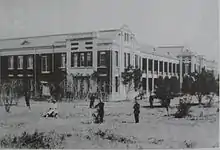






.jpg.webp)




.jpg.webp)

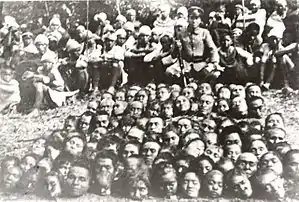




.jpg.webp)

.jpg.webp)















.svg.png.webp)





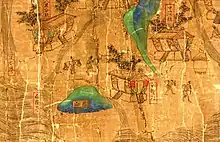










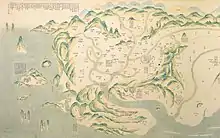

_Junk_with_Tribute_to_Pekin_(Peking%252C_China)_2.jpg.webp)
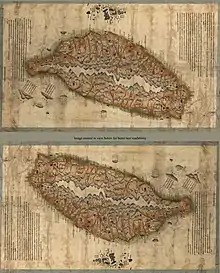

.jpg.webp)



.svg.png.webp)